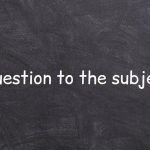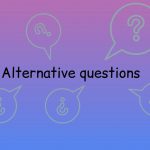The verb to be in Present Simple is very important. We use to be with this tense all the time. Because there are so many things we can say by using the verb to be!
For example, we can describe the age of a person:
This boy is 8 years old.
My grandfather is 77 years old.
I am six, I am two years older than my brother! Because he is only four!

By using to be we can inform about the profession/occupation of a person:
My mom is a teacher.
I am the best student in my school.
John is an airplane pilot.
We can say that someone or something is in someplace.
My mother is at work.
The book is on the bookshelf.
My bike is in the garage.

We can describe the state, behavior, mood, character of someone or something. And even much more!
This person is suspicious.
This ball is rubber.
My car is red.
The verb to be does not mean action. To be means to exist in some place or some state. We use to be in the Present Simple to connect the subject with an adjective or noun or pronoun.
This book is green.
We are friends.
I am a good man.
My mom is in France.
This is my car.

There are so many things we can say using the verb to be in the Present Simple! That is why it is very important to be able to use this verb correctly.
What are Three Forms of To Be in Present Simple?
To be in the Present Simple has three forms:
- am
- is
- are
Which form we use depends on the subject:
- I am
- He is
- She is
- It is
- We are
- They are
- You are
I am a good person.
We are best friends.
She is beautiful.

What are the Formulas for Sentences with To be in Present Simple?
To form a positive, interrogative (question), or negative sentence with the verb to be, we cannot use the same rules that we use for other verbs in the Present Simple.
The verb to be forms positive, question, and negative sentences according to its own special rules without the help of the auxiliary verbs do or does.
Positive Sentenses
To form an affirmative sentence, we put to be after the subject. Then we put an adjective or a noun or a pronoun.
Subject + am / is / are
I am your friend!
The dog is small.
We are the students of this school.

Negative Sentences
To form a negative sentence, we add the negative not after the to be.
Subject + am / is / are + not
I am not a boy! I am a man!
She is not at all what you think. She is very kind.
Question Sentences
To form a question we put the verb to be before the subject:
am / is / are + Subject
Am I a good friend?
Is he a doctor?
Are those boys your classmates?
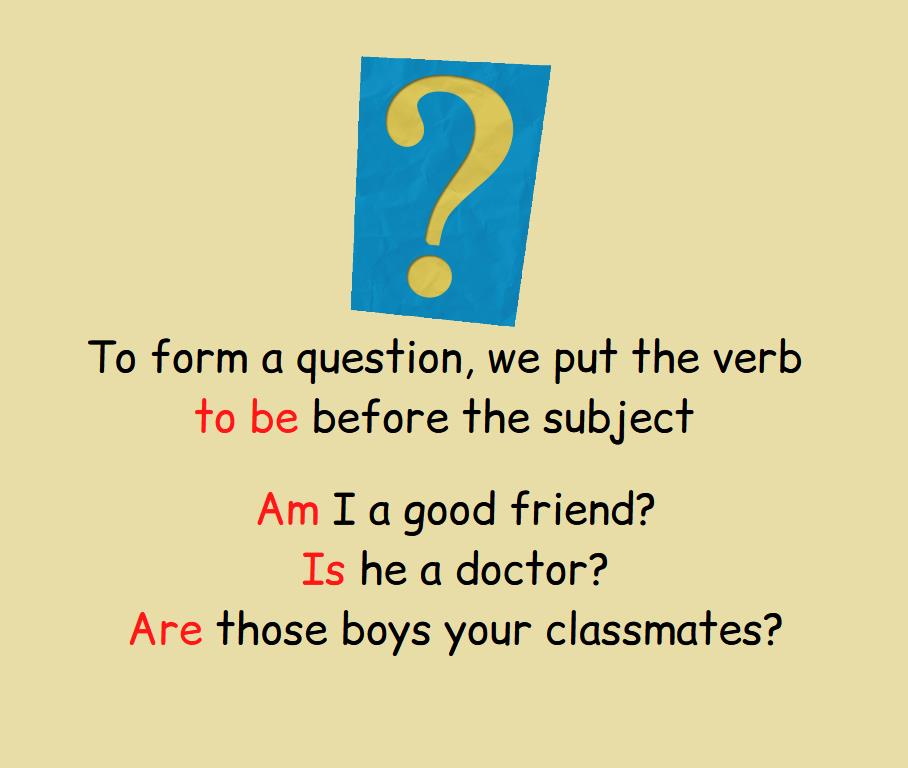
Special Questions with To Be in Present Simple
A Special or Wh-Question contains an additional word or phrase in order to get additional information in the answer. Those are words and phrases like:
- How
- Why
- Why
- When
- Since when
In order to form a special question with the verb to be in the Present Simple, we use the same formula that we use for General or Yes/No Questions. Only we add a question word or phrase to the beginning of the question:
Question word or phrase + am / is / are + Subject
Why is he your friend when he’s so rude?
Why is this book on the table?
Who is this man?
Where is your car?
Since when you are so kind to me?
How to Answer Questions using to be in Present Simple?
To answer a question with the verb to be in the Present Simple, we can use two types of answers:
- Short answer
- Full answer
Short Answer with To Be
To form a short positive answer, we use the following formula:
Yes + Subject + am / is / are
Are you a writer?
Yes, I am.Is he your friend?
Yes, he is.
To form a short negative answer, we use the same formula only we put No at the beginning of the sentence. We also add the negative not after the verb to be.
No + Subject + am / is / are + not.
Is he your friend?
No, he is not.
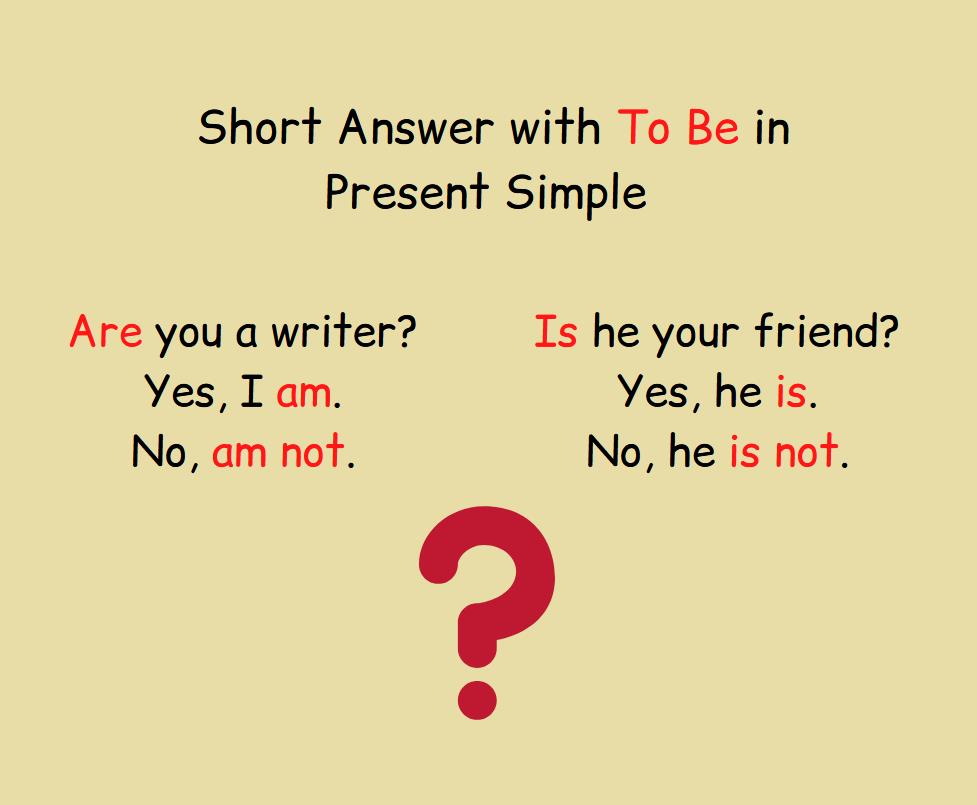
Full answer with To Be
In order to form a full positive answer with the verb to be, we turn the question into a general positive sentence in the Present Simple. We put the affirmative word Yes at the beginning of such a sentence.
Yes + Subject + am / is / are + Rest of the sentence
Are you at work right now?
Yes, I’m at work (right now).
To form a full negative answer, we use the negative word No instead of Yes. We add the negative not after to be.
No + Subject + am / is / are not + Rest of the sentence
Are you at work right now?
No, I’m not at work (right now).
What is the sort form of To Be in Present Simple?
In English, it is customary to use the contracted forms of the verb to be. Therefore, we abbreviate the verb to be in the Present Simple as follows:
Positive:
- I am – I’m
- He is – He’s
- She is – She’s
- It is – It’s
- We are – We’re
- They are – They’re
- You are – You’re
Negative:
- I am not – I’m not
- He is not – He isn’t
- She is not – She isn’t
- It is not – It isn’t
- We are not – We aren’t
- They are not – They aren’t
- You are not – You aren’t
I‘m not your friend!
They‘re classmates.
She‘s a waitress.
When using the short form, you should note that some short forms of to be in the Present Simple look exactly the same as the short form of to be in the Past Simple.
For example:
He’s – He is in the Present Simple.
He’s – He was in the Past Simple.
We’re – We are in the Present Simple.
We’re – We were in the Past Simple.
In some situations, this can confuse your interlocutor. The meaning of such a sentence may be misunderstood.
For example, look at the following sentence:
She’s my friend!
It may not be clear from such a sentence what you are trying to say. That she is my friend now? Or she was my friend in the past?
In order not to confuse your interlocutor, you can use the full form of the verb to be. Or you can add context to such a sentence from which it becomes clear that you are talking about the past or about the present.
She’s my friend, we spend all the time together.
She’s my friend, we spent all the time together when we went to school 10 years ago.
Now, after we have added additional context, we can see that in the first sentence we use to be in the Present Simple. In the second example, this is to be in the Past Simple.
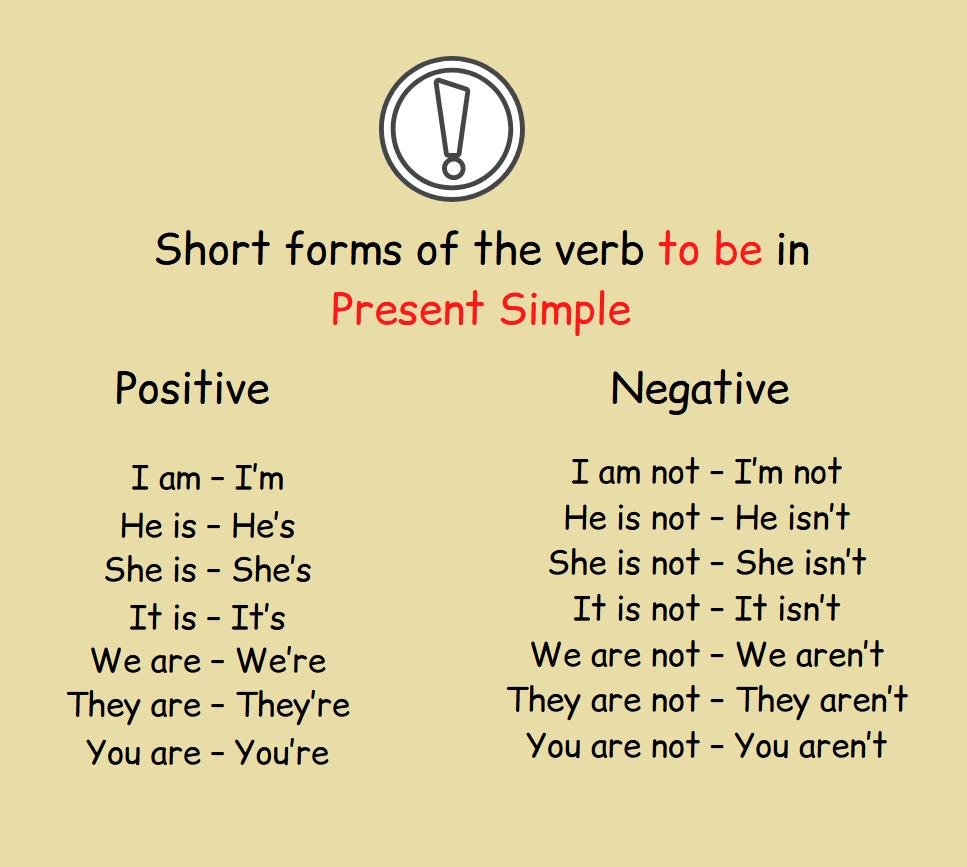
Common Mistakes with To Be in Present Simple
In this part, let’s take a look at the most common mistakes you can come across when you use the verb to be in the Present Simple.
1) One of the main mistakes is the use of an incorrect form of the verb to be. It mainly happens due to the fact that the verb to be has three forms in the present simple.
Remember that we use am with the pronoun I. We use is with the pronouns he, she and it. We use are with the pronouns you, we, they.
We are good friends.
This ball is green.
She is a very kind woman.
Also, students often make mistakes when using pronouns such as:
- anybody
- everyone
- no one
- someone
etc.
These pronouns almost always imply one person. Therefore, we use the form of the verb to be is.
Nobody is perfect.
I feel like someone is here.
Everyone in this room is lucky.

Sometimes students make mistakes using the future or past form of the verb to be in the present simple. Let’s see what all forms of the verb to be look like.
Present:
- I am
- He is
- She is
- It is
- We are
- They are
- You are
Future:
- I will be
- He will be
- She will be
- It will be
- We will be
- They will be
- You will be
Past:
- I was
- He was
- She was
- It was
- We were
- They were
- You were

2) Sometimes students make a mistake using auxiliary verbs with the verb to be to form a question or negative sentence in the Present Simple. Remember that to be is a special verb and does not need auxiliary verbs like do or does.
Incorrect: Does he is your friend?
Incorrect: Does he your friend?
Correct: Is he your friend?Incorrect: They don’t are my classmates.
Incorrect: They don’t my classmates.
Correct: They are not my classmates.Incorrect: I don’t tired.
Incorrect: I am don’t tired.
Correct: I am not tired.
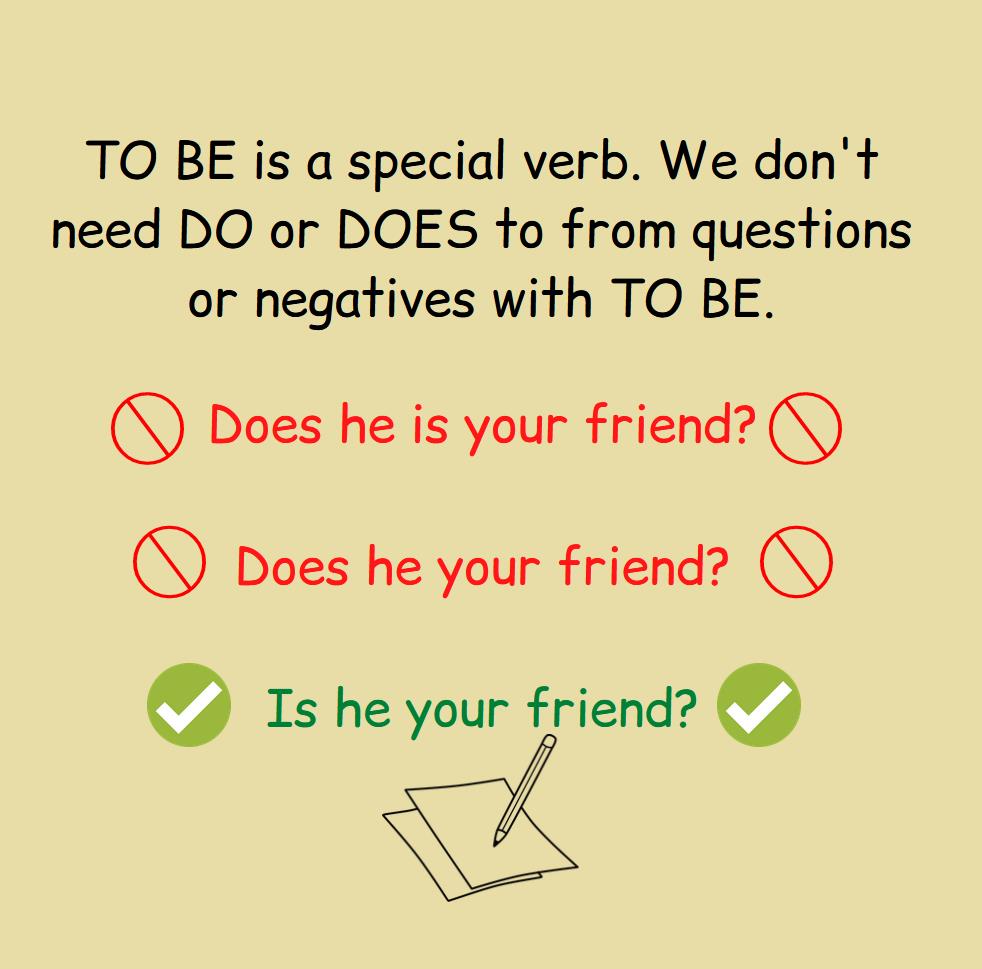
3) Another mistake is when students use incorrect forms of the verb to be when answering questions in Present Simple.
In this case, students are mistakenly guided by the form of the verb to be in the question. Although in some cases we have to change this form because in the answer we can use a different pronoun.
Question: Are you tired?
Answer: Yes, I am. (Not Yes I are).
We used are in the question because we used the pronoun you. But in the answer, we used the pronoun I. We cannot use are with the pronoun I. We use am.
Here are some more examples in which you can see the same error:
Question: Am I your friend?
Answer: Yes, you are my friend! (NOT: Yes, you am my friend!)Question: Am I weird to you?
Answer: No, you are not weird to me! (NOT No, you am not weird to me!)

Take seriously learning the verb to be especially in the Present Simple! Since you will be using this verb very often.
Also, be sure to check out Present Simple: All Rules You Need to Know detailed tutorial that talks about all the nuances of the Present Simple you have to know.







